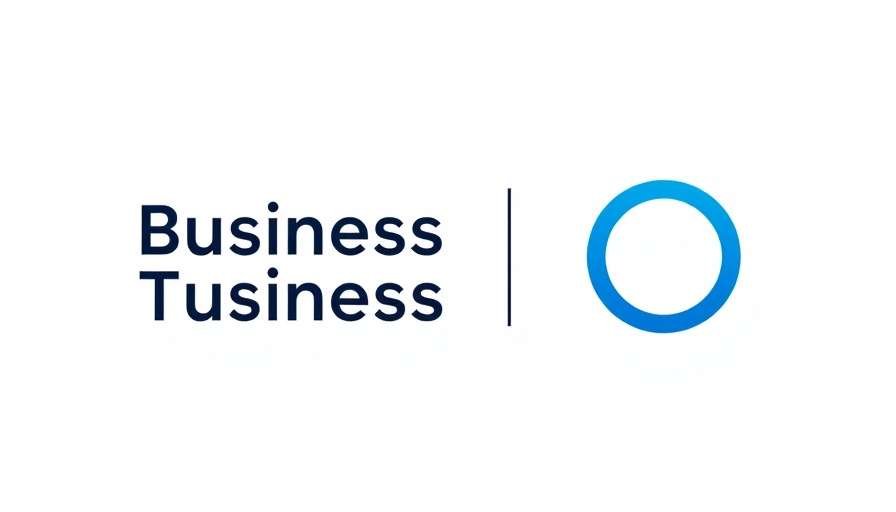
Streamlining Financial Accuracy with Xero's New Feature
Xero, a prominent name in cloud-based accounting solutions, is enhancing its user experience with the introduction of the Reconcile Period Feature. Launched recently for customers in the United States and Canada, this feature aims to simplify the bank reconciliation process, making it easier for users to maintain precise financial records. By allowing businesses to define specific periods for comparison, it empowers users to quickly verify the accuracy of their financial data.
Key Benefits of the Reconcile Period Feature
The reconcile period feature brings several key advantages to its users:
- Defined Comparisons: Users can set a date range and balance to effectively match their bank statements against Xero transactions.
- Error Detection: The new interface highlights missing, duplicate, or incorrect transactions, crucial for internal controls and financial accuracy.
- Secure Reconciliation: Once transactions are verified, users can protect reconciled transactions from further alterations, ensuring the integrity of their financial reports.
- Comprehensive Reporting: The feature allows users to generate reports that serve as essential records for auditing and compliance purposes.
Enhancing User Experience through Feedback
Xero's ongoing commitment to user-driven enhancements is evident in the development of this feature. After gathering feedback from accounting professionals, the team tailored the reconcile period functionality to address real-world reconciliation challenges. This beta-testing phase ensured that the tool meets users' needs effectively, reflecting Xero's dedication to continuous improvement.
Evolving with User Needs
Moreover, the functionality is set to expand with future updates, enabling users to attach PDF bank statements directly, further streamlining the reconciliation process. “We learned a lot about what our users expect from their accounting tools,” a Xero spokesperson noted. “The aim is to provide not just a product, but a comprehensive experience that enhances overall financial management.”
What This Means for Small Businesses
For small businesses navigating the complexities of financial management, the reconcile period feature could significantly alleviate the burden of ensuring accurate financial records. By allowing easier identification of discrepancies and making reconciliation more intuitive, this tool provides newfound confidence in the integrity of business finances.
Looking Ahead: A Future of Efficient Reconciliation
As Xero continues to refine its capabilities, it's clear they are focused on evolving their services alongside customer requirements. As the reconcile period feature rolls out, businesses can anticipate a smoother reconciliation process, which may lead to improved financial insights and overall productivity.
The commitment to enhanced user experience is pivotal, especially in today’s fast-paced business environment where accuracy and efficiency are paramount. This strategic update promises to empower users to manage their finances with greater assurance.
 Add Row
Add Row  Add
Add 

 Add Row
Add Row  Add
Add 



Write A Comment